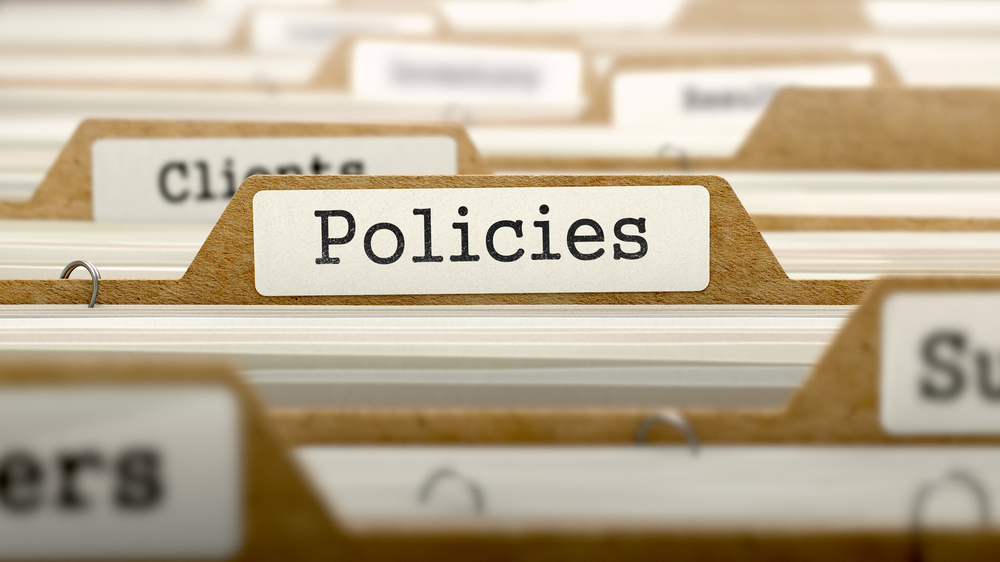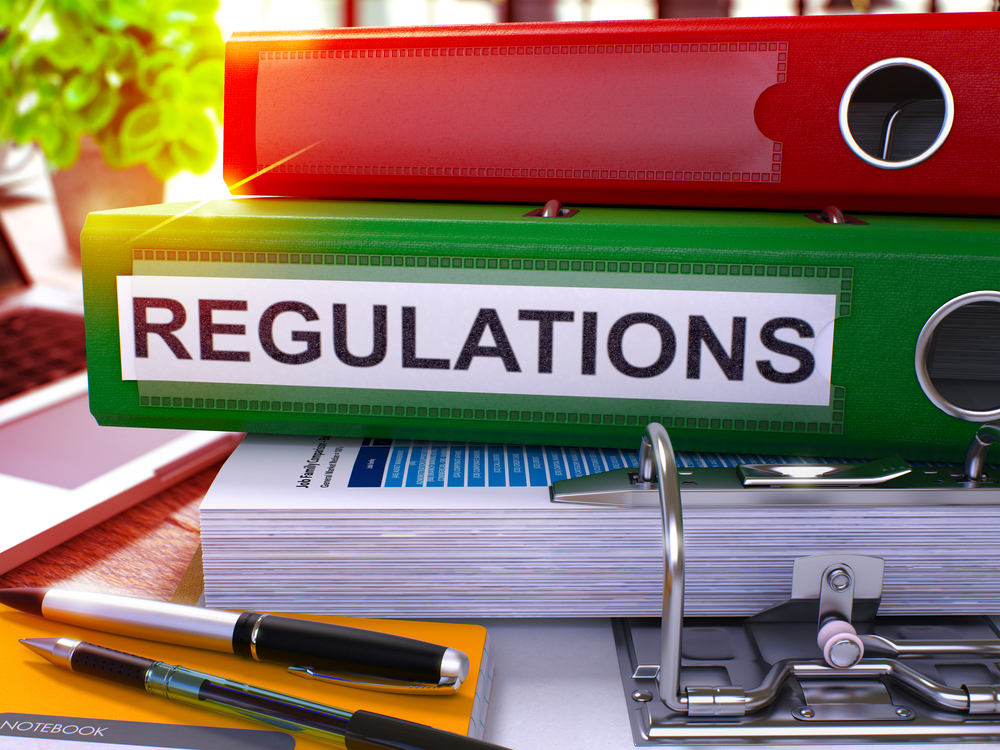Best Practices for Document Retention and Destruction Policy
Table of contents
In today’s data-driven world, managing the lifecycle of documents is crucial for businesses. Establishing a Document Retention and Destruction Policy is not only a matter of organizational efficiency but also of legal compliance and risk management. This article will guide you through the best practices for creating and implementing an effective policy for document retention and destruction.
Understanding the Document Lifecycle
The Importance of a Document Policy
A Document Retention and Destruction Policy ensures that your organization keeps important records for an appropriate amount of time and disposes of them securely when they are no longer needed. This policy is vital for compliance with legal and regulatory requirements, protecting sensitive information, and optimizing storage and management resources.
Document Retention and Destruction Policy
Key Elements of a Policy
- Retention Periods: Clearly define how long different types of documents should be kept, based on legal requirements and business needs.
- Secure Destruction: Outline methods for securely destroying documents that are no longer needed to prevent unauthorized access to sensitive information.
- Regular Reviews: Implement a schedule for regularly reviewing and updating the policy to ensure ongoing compliance and relevance.
- Employee Training: Educate staff on the importance of the policy and their role in its implementation.
Legal Considerations
- Compliance with Laws: Be aware of and comply with laws and regulations related to document retention and destruction in your industry and region.
- Litigation Holds: Understand the procedure for a litigation hold, which requires certain documents to be preserved beyond their normal retention period in the case of legal actions.
Best Practices in Document Management
1. Categorization and Indexing
- Categorize Documents: Organize documents into categories with specific retention times.
- Indexing System: Implement an indexing system for easy retrieval and tracking of documents throughout their lifecycle.
2. Implementing Secure Destruction
- Shredding: Use cross-cut shredders for physical documents.
- Digital Purging: Employ secure digital deletion methods for electronic records.
3. Regular Auditing
- Conduct periodic audits to ensure policy compliance and identify areas for improvement.
4. Balancing Access and Security
- Maintain a balance between retaining documents for accessibility and destroying them for security and compliance.
Conclusion
A well-crafted Document Retention and Destruction Policy is essential for any organization. It not only ensures compliance with legal standards but also protects sensitive information and optimizes document management. Fill out our "get a quote" form. By following these best practices, organizations can develop a policy that is both efficient and secure, safeguarding their information throughout its lifecycle.
Share this
You May Also Like
These Related Stories

Developing a Robust Document Management Policy: Key Considerations

Managing the Lifecycle of Scanned Documents

